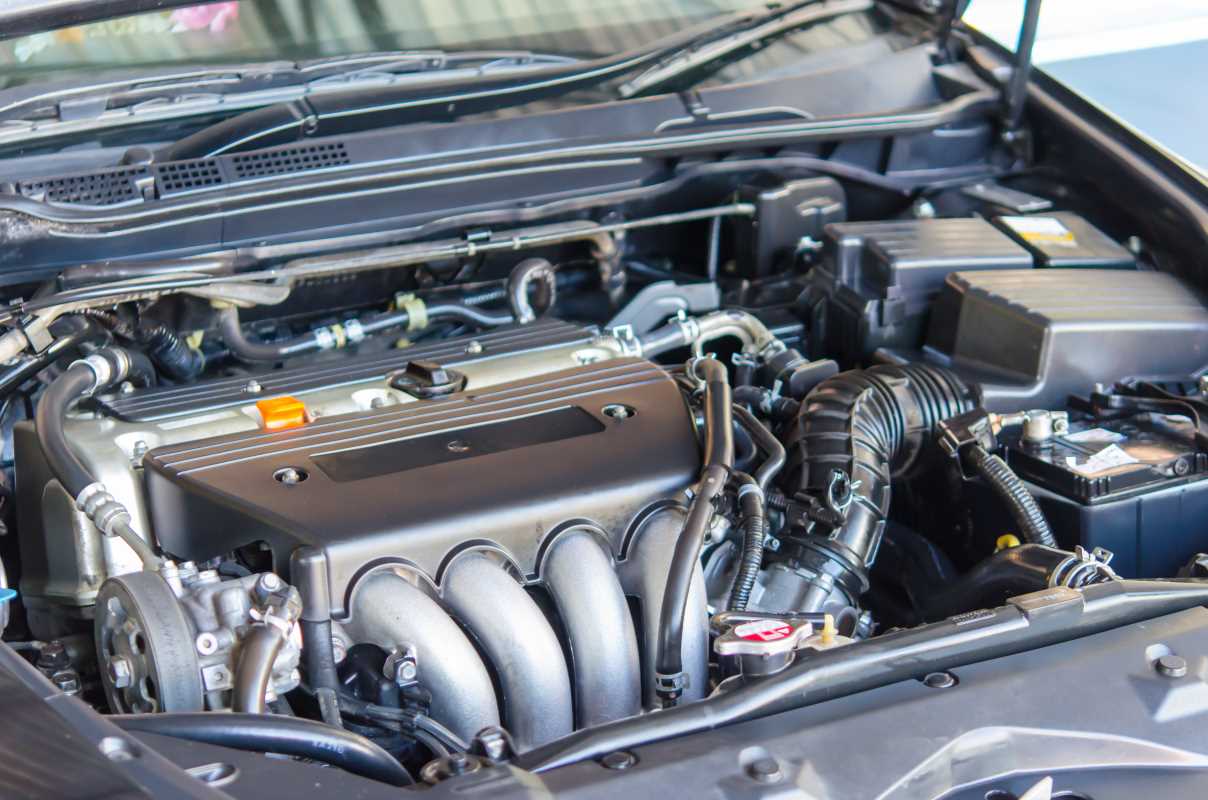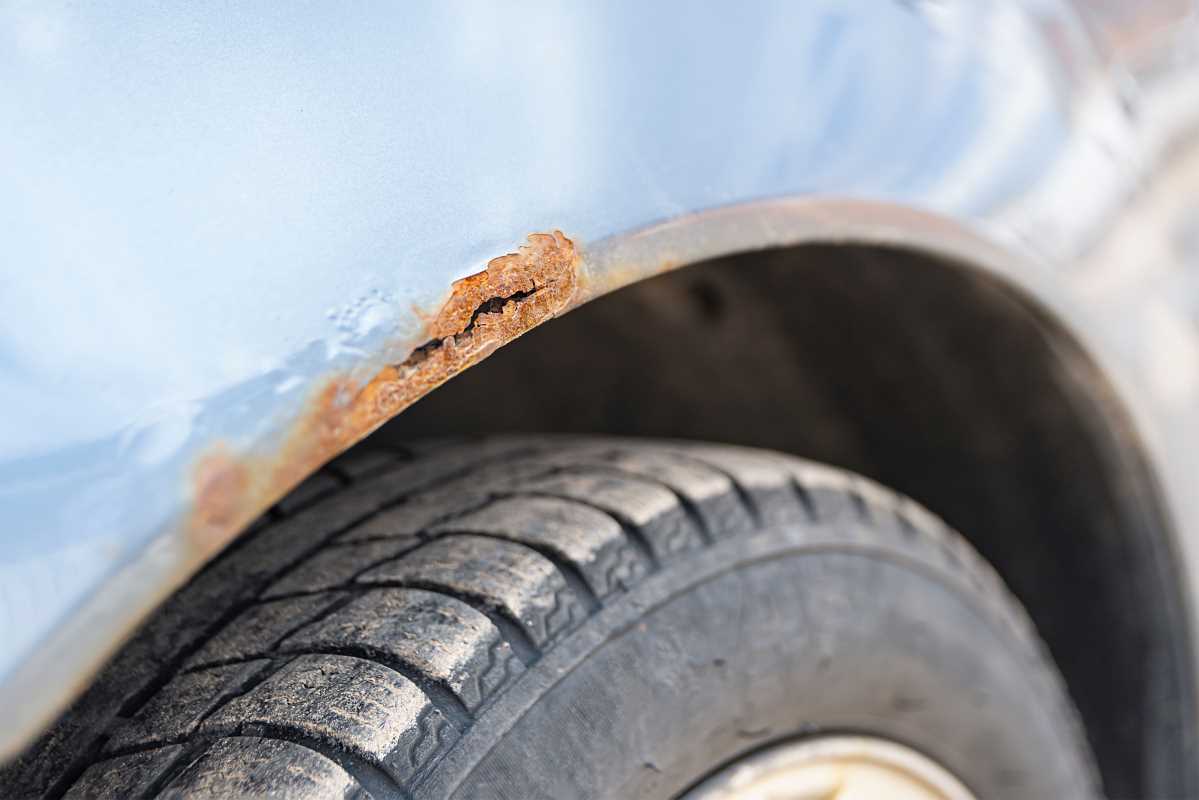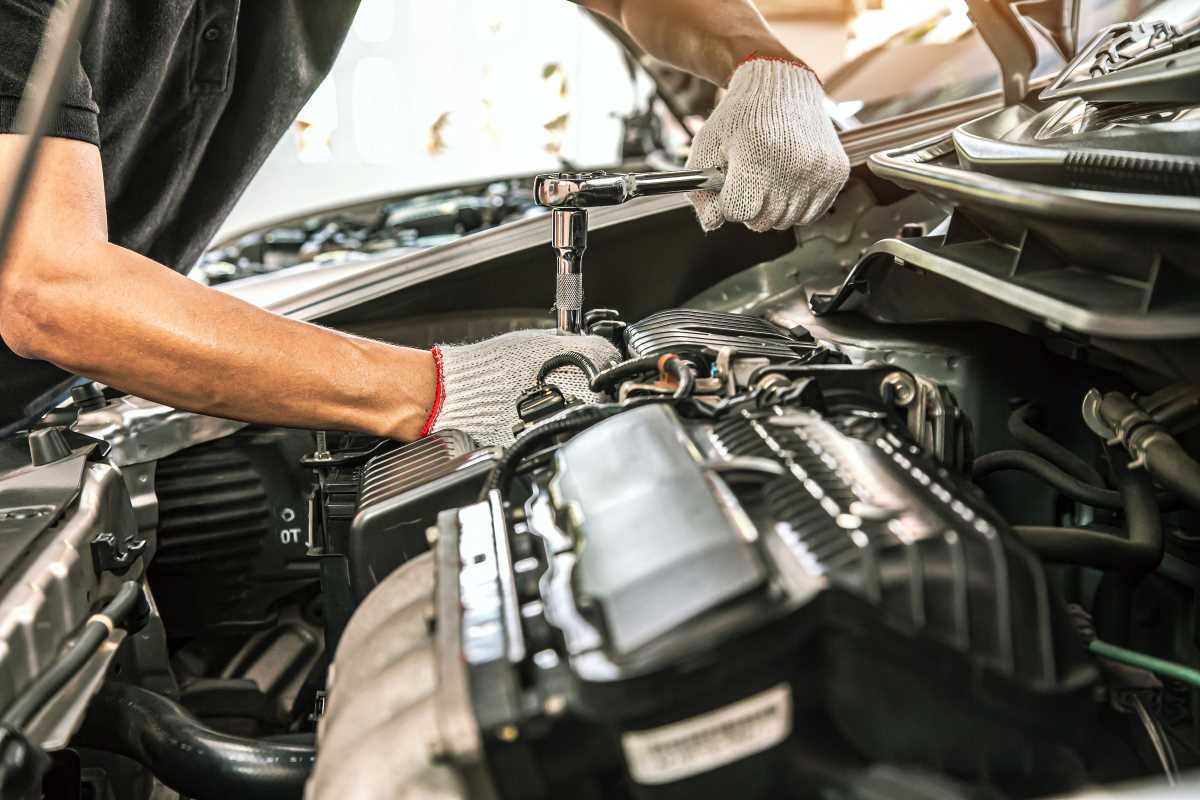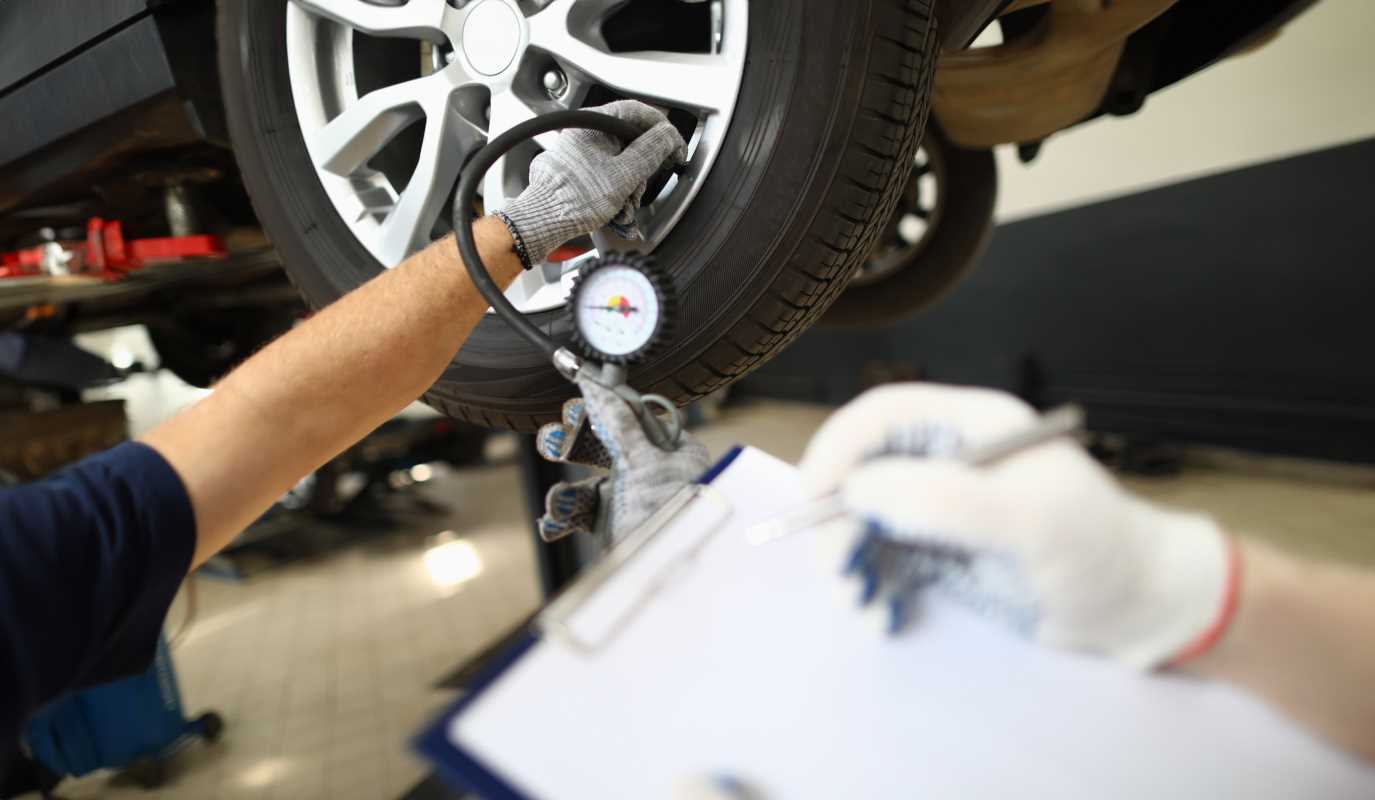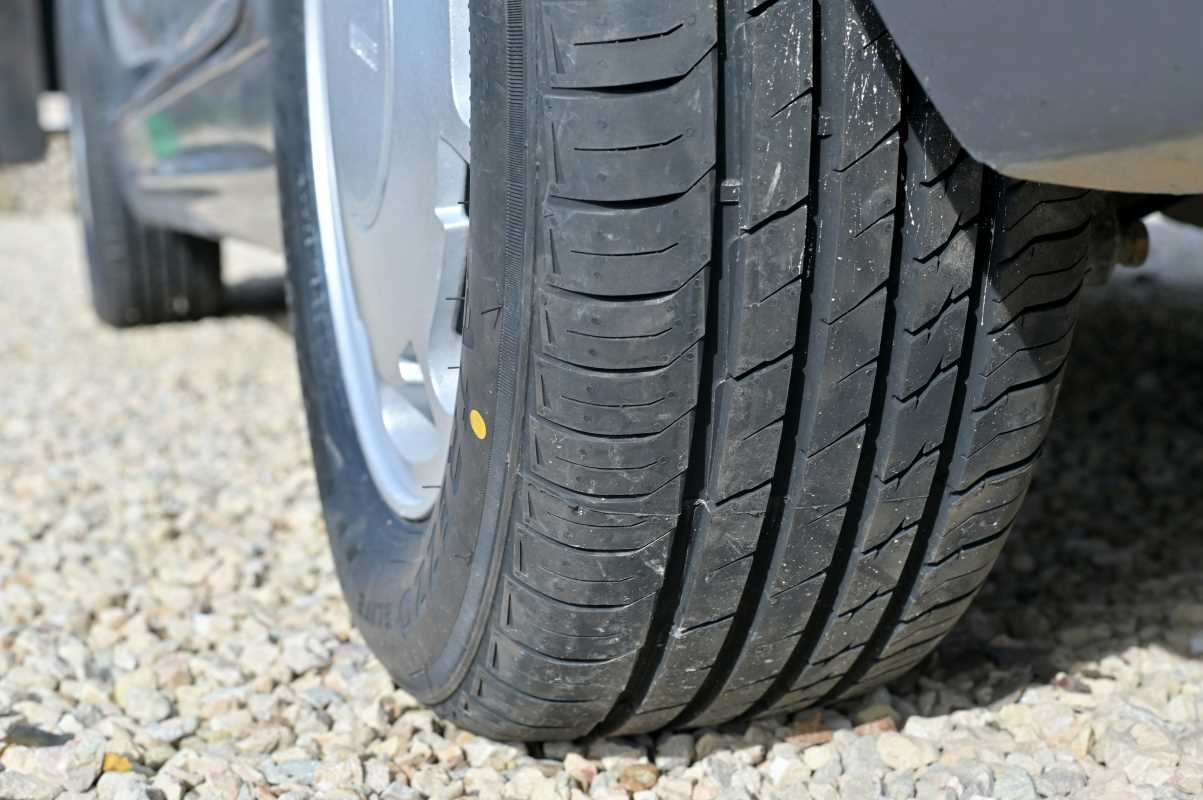It’s easy to overlook your car's wiper blades, yet they are vital components for ensuring road safety. These unassuming tools are your first line of defense in maintaining a clear line of sight during adverse weather conditions like rain, snow, or even heavy mist. A clean, streak-free windshield is essential for confident driving and allows for quick reactions when facing unexpected hazards. Warning signs like streaking, chattering noises, or persistent smudges aren't minor annoyances. They are clear indicators that your blades are worn out and require immediate replacement. Driving with failing wipers seriously compromises your visibility, creating unnecessary risks for you and others on the road. This guide will explore the different types of wiper blades available, detailing their unique features and what to consider when choosing new ones to ensure a clear and safe drive every time..
The Main Components of a Wiper Blade
To understand why some blades perform better than others, let’s first break down the essential parts.
- Frame: This is the support structure that holds everything in place. Its job is to evenly press the blade against the windshield for an effective sweep.
- Rubber Strip (Squeegee): The flexible strip that removes moisture and debris from the glass. Its durability and composition are key.
- Connector: This small piece connects the blade assembly to your wiper arm. Compatibility matters, since connectors can differ by car model.
Wipers today aren’t all built the same. You’ll see three main styles in stores, each with unique perks and potential drawbacks.
Conventional Blades
These use a metal frame and several small moving joints to press the rubber strip evenly onto the glass. They’ve been around for decades and are trusted by many.
Advantages:
- Budget-Friendly: Among the least expensive options out there.
- Easy to Find: Available for a wide range of older vehicles.
Drawbacks:
- Uneven Contact: Pressure points may wear down over time, creating streaks or missed spots.
- Exposed Structure: The open frame collects ice or snow, which can freeze moving parts and hinder their function.
Beam Blades
Beam models skip the metal skeleton in favor of a solid, curved strip with a built-in spring for even contact.
Advantages:
- Consistent Pressure: Adapts well to curved windshields, keeping the glass clean end to end.
- Handles All Conditions: Streamlined bodies prevent snow and ice from gathering and perform well year-round.
- Durability: Fewer moving parts usually mean longer service life.
Drawbacks:
- Higher Upfront Cost: Investment is greater compared to a basic set.
- Not Always Ideal for Classic Cars: Some windshields with minimal curve may not experience perfect coverage.
Hybrid Blades
These combine aspects of both styles. They have an articulated frame protected by a sleek shell.
Advantages:
- Balanced Results: Smoother wipe and improved stability in wind compared to traditional models.
- Modern Design: Considered an aesthetic upgrade and suits newer cars.
- Versatility: Works well through seasonal changes, offering a reliable option without the premium cost of beam types.
Drawbacks:
- Priced in the Middle: Cost lands between conventional and beam options.
- Some Ice Buildup Possible: Under the protective shell there’s still a frame, which means ice can occasionally accumulate.
How to Choose the Best Blade for Your Situation
There’s more to selecting a new pair than simply grabbing any package off the shelf. Your local climate, car’s specs, and chosen materials all play vital roles.
1. Locate the Right Size and Connector
EVERY vehicle has its specific requirements. Frequently, the driver and passenger side take different lengths. Consult your car’s manual or use fitment guides at auto stores. Buying the wrong size can leave gaps or lead to chattering.
2. Match Blade Type to Weather in Your Area
Where you live determines how hard your wipers need to work.
- Frequent Rain: Choose a high-quality beam style for excellent water clearing and resistance to wind-lift at highway speeds.
- Harsh Winters with Snow and Ice: Beam designs again top the list, since solid construction shrugs off ice. “Winter” blades are also available. They encase the joints in rubber, keeping moving parts protected.
- Mild, Mixed Seasons: Hybrid or advanced conventional blades may be just right, providing dependability in changing conditions. Well-known beam models from brands like Bosch or Rain-X combine all-weather versatility with quality construction.
3. The Importance of Rubber Materials
The material determines how long your wipers can go before wearing out and how well they perform.
- Natural Rubber: Found on many standard and economical blades. They work fine at first but can degrade faster in sunshine or temperature swings.
- Synthetic Rubber: Those labeled as premium or mid-tier often use these more resilient compounds. They hold up under UV rays and resist cracking over time.
- Silicone: Top-tier options use silicone, remarkable for their lifespan in both hot and cold. An added bonus: they leave a slick surface so water beads and quickly rolls away, improving visibility even before the blades swipe.
Installation and Care Tips
Fitting new blades is usually quick and requires no tools. Still, follow instructions for your connector style to avoid damage.
A little routine maintenance keeps them at their best:
- Wipe Down the Blade: Occasionally clean the rubber with washer fluid and a soft cloth to remove grime.
- Keep the Glass Clean: A spotless windshield reduces wear on your blades and means fewer streaks.
- Don’t Clear Ice with Blades: Thick ice can tear the rubber. Always clear frost and ice manually with a scraper or warm the glass with your car’s defroster.
Understanding your options and considering your driving environment will set you up to pick a set of windshield blades that keep your view pristine in rain, snow, or shine. The right choice pays off in safety, clarity, and comfort every mile.
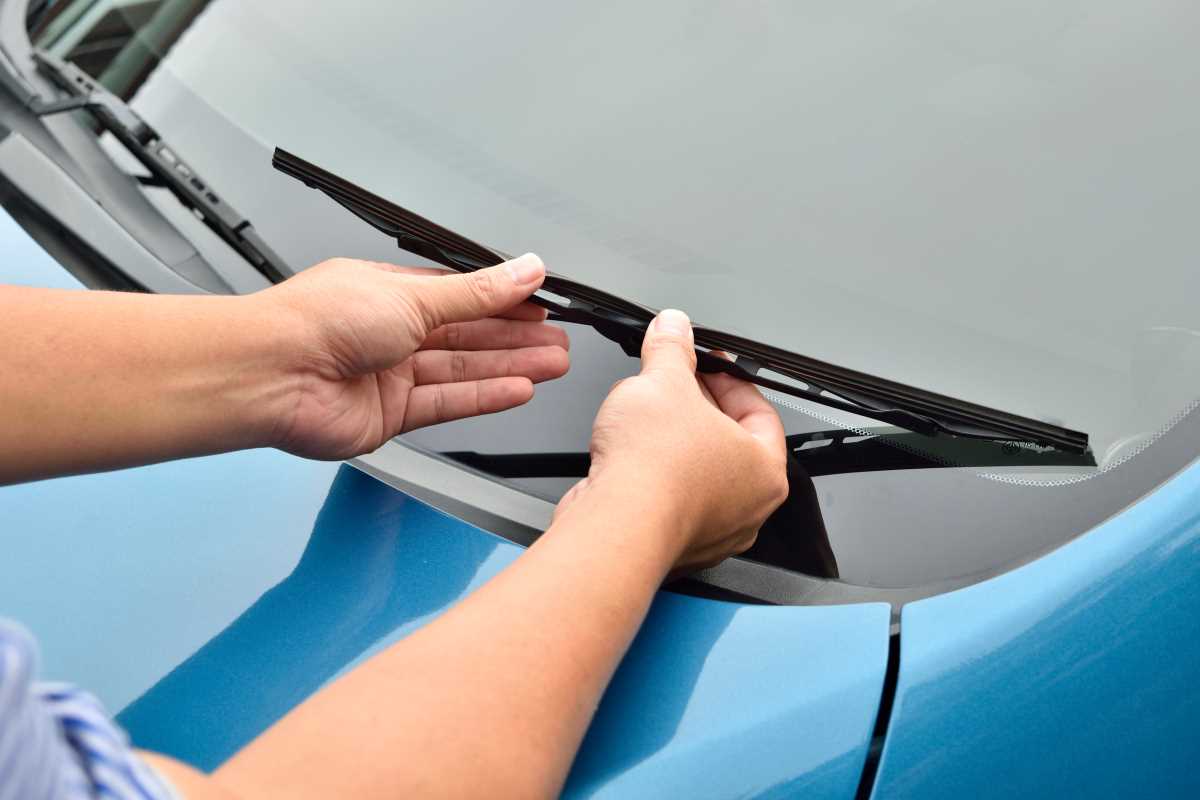 (Image via
(Image via